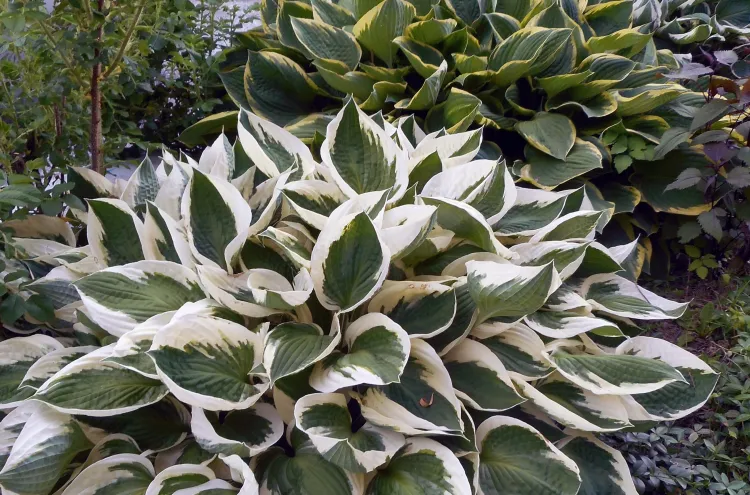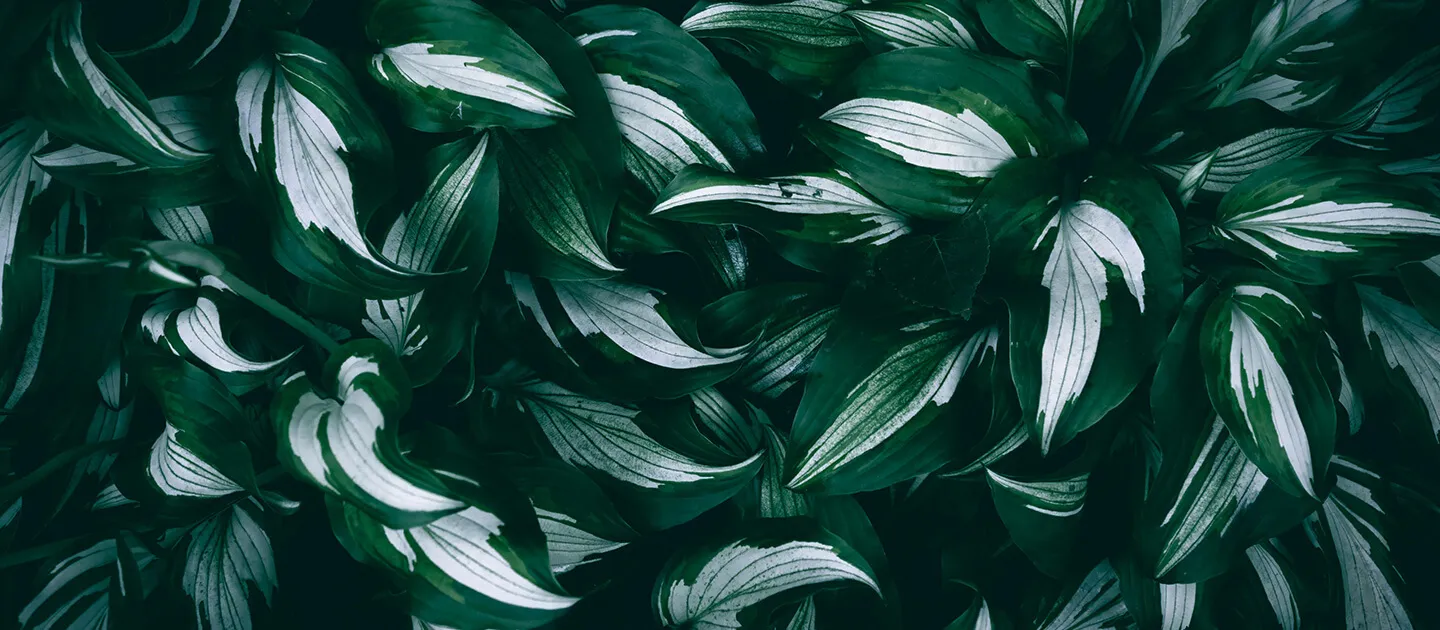It’s the height of summer, and the weather is hot, hot, hot! That doesn’t mean work in the garden is done. Instead, venture outdoors in the early morning or late in the afternoon. Avoid working in the sun during the hottest part of the day.
If you’ve been putting off addressing a shady challenge in your yard, this could be the perfect time to get the job done. To save yourself repeated trips carrying supplies, gather everything you’ll need before you start. That includes tools, plants, mulch, a source of water for the plants and water to keep yourself hydrated. Don’t forget insect repellant and sunscreen (Yes, you can get sunburned in the shade.).
Take a moment to look at that shady spot. Is it under a tree or in the shadow of a structure?
All shade is not created equal. It could range from light, dappled shade to deep shade. When selecting plants, take into consideration that plants that can do well in partly shaded areas may not be happy in full shade.
When selecting perennial plants, be sure to check the tag for light requirements and their United States Department of Agriculture Plant Hardiness Zone. If you’re not sure what hardiness zone you’re in, you can find it here using your zip code: https://planthardiness.ars.usda.gov/.
For maximum impact, choose a selection of plants in different sizes, with contrasting leaf size, shape, texture, color and variegation. Alternatively, choose one plant in a variety of cultivars to make a bold statement (Hosta and heuchera offer an abundance of choices.).
Be sure to take into consideration the mature size of the plants you select. If you’re concerned about empty space between plants, add in some shade-loving annuals such as impatiens (Impatiens walleriana) or coleus (Coleus) for a pop of color until the perennials mature.
Hosta (Hosta) tops the list of shade-loving plants in many gardens. They’re so popular they may seem commonplace, but they’re reliable and come in a variety of sizes and shades of green, some with variegated foliage.

Coral bells (Heuchera) offer colorful foliage, scalloped leaves and delicate flowers. They’re low growing, well behaved and make a good companion for other shade-loving plants. Solomon’s seal (Polygonatum) emerges in spring with bell-like flowers hanging from graceful arching stems.

Ferns offer feathery fronds in shades of green. Consider the Japanese painted fern (Athyrium niponicumm) for variegated foliage. The ostrich fern (Matteucciastruthiopteris) is native to Vermont. Astilbe (Astilbe) offers similar foliage plus feathery flowers.
If your shady spot is under a tree and roots are a concern, consider using containers instead of planting in the ground. Group together several containers of similar size, shape or color for maximum effect. It’s a good opportunity to use annuals or tender perennials that can be replaced in the spring for a new look.
On a shady hillside where the grass won’t grow or mowing is difficult, plant a mass or a drift of a shade-loving groundcover to add interest and save labor.
If you find yourself with questions about gardening, reach out to the University of Vermont Extension Master Gardener Helpline by phone at (802) 656-5421, Thursdays, 9 a.m. to 12 p.m. until October 30 or online at https://go.uvm.edu/gardeninghelp year-round.
Adding a focal point such as a bird bath or garden art can draw the eye into a shady spot. A seating area will provide a place to relax and enjoy the shade on sunny days. Those details can make all the difference.
Finally, don’t forget to mulch and water well. Then step back and admire your beautiful, new shade garden.
